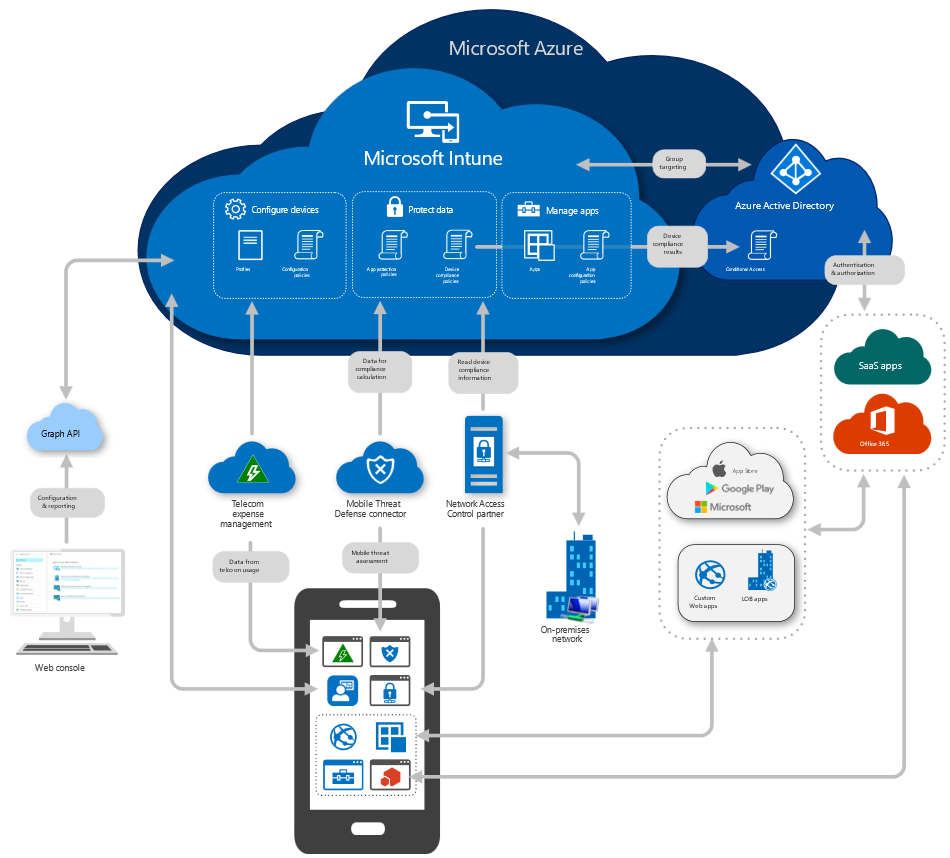Splunk vs Power BI: A Comprehensive Comparison
When it comes to data analysis and visualization tools, Splunk and Power BI are two prominent names. However, these tools have distinct features that cater to specific needs within the realm of data analytics and business intelligence. In this article, we’ll delve into a comprehensive comparison between Splunk and Power BI, exploring their functionalities, strengths, and how they serve different purposes.
Overview of Splunk and Power BI
Splunk: A powerful platform designed for real-time analysis of massive machine-generated data. Originally intended for log management and IT operations, Splunk has expanded its utility to cover security, compliance, and business analytics. Its strength lies in handling unstructured data, offering powerful search capabilities and visualization options.
Power BI: Developed by Microsoft, Power BI is a user-friendly business intelligence and data visualization tool. It empowers users to connect to diverse data sources, create interactive reports, and share insights across organizations. Power BI is highly regarded for its integration with other Microsoft tools and services.
Data Processing and Analysis
Splunk: Specializes in processing and analyzing machine-generated data, making it ideal for organizations dealing with logs, metrics, and operational data. Its search processing language allows real-time querying and in-depth data analysis, beneficial for IT operations and security tasks.
Power BI: Focuses on data visualization and business intelligence. While it can process data, its strength lies in turning raw data into insightful visualizations and reports. However, handling real-time and massive data volumes might not be as efficient as Splunk.
http://informationarray.com/2023/08/05/appium-vs-appium-studio-choosing-the-ideal-mobile-testing-tool/
Visualization and Reporting
Splunk: While it offers visualization capabilities, Splunk is better known for analysis and monitoring rather than intricate visualizations. Its strength lies in analyzing data, though it can generate basic visuals.
Power BI: Known for creating dynamic and interactive visualizations. The drag-and-drop interface facilitates complex report and dashboard creation, even for non-technical users. Its integration with other Microsoft tools enhances its utility.
Integration and Scalability
Splunk: Integrating with third-party systems can be challenging, especially for complex data sources. It excels in integrating with IT and security tools, providing a unified view of operational data.
Power BI: Seamlessly integrates with Microsoft tools like Excel and Azure services. This can be advantageous for organizations deeply invested in the Microsoft ecosystem. Cloud-based options enhance scalability and collaboration.
Use Cases
Splunk: Ideal for IT operations, security, and compliance. It excels in monitoring system performance, anomaly detection, and security incident investigation.
Power BI: Designed for business intelligence and data visualization. Suited for turning data into insights, creating visually appealing reports, and fostering data-driven decisions across departments.
In the Splunk vs Power BI comparison, the choice hinges on your organization’s specific needs. If you require real-time data analysis, IT operations, and security, Splunk offers an edge. Conversely, if your goal is creating visually engaging business intelligence reports and dashboards, Power BI stands out.
Understanding the strengths and limitations of both tools is crucial for making an informed decision aligned with your goals. Splunk excels in real-time data analysis, while Power BI shines in creating business intelligence insights. Your choice will be based on the unique requirements of your data analytics endeavors.









